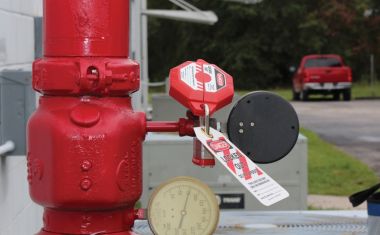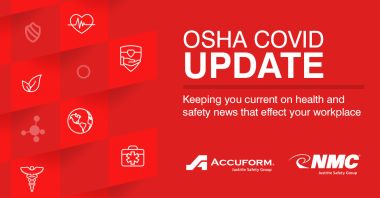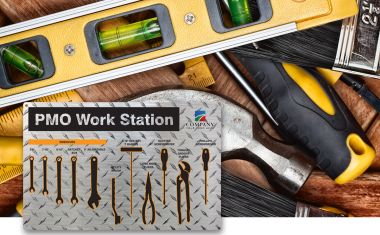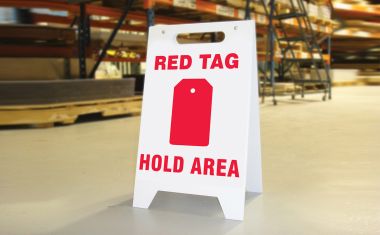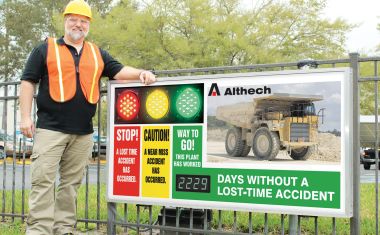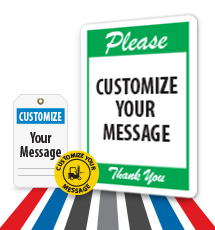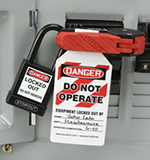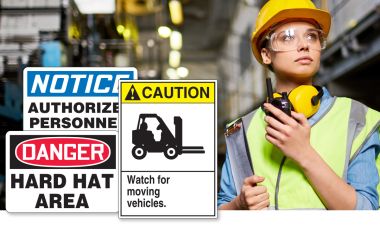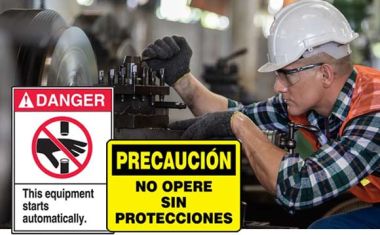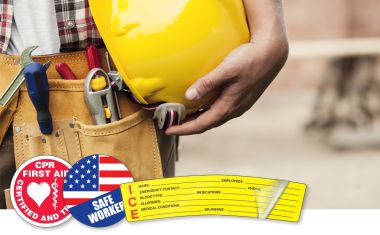8 Ways to Get Employees to Read Safety Tags
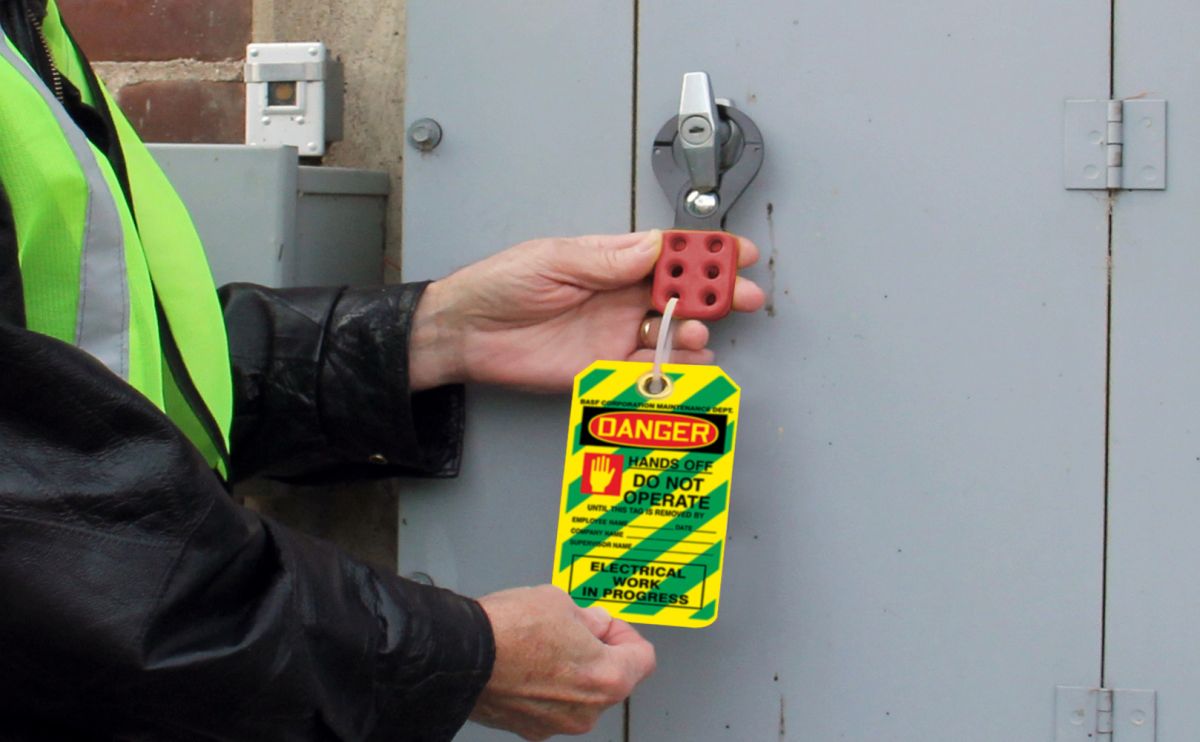
Safety tags are to be used until the identified hazard is eliminated or the hazardous operation is completed, per OSHA standards (OSHA 29 CFR 1910.145). Therefore, lockout tagout (LOTO) tags, inspection tags, and other safety tags are a huge part of any safety communication system. But the safety tags you purchase for your workplace won't do much good if your team out on the floor doesn't stop to read them and heed their warnings.
Fortunately for you, you can do 8 things to ensure your team reads safety tags on the job.
1. Standardize Tag Usage
Though it requires a bit of upfront work, creating a standard tag template will go a long way in making them more useful. When your team is out on the floor, they're busy operating equipment, carrying heavy loads, and completing various tasks. Make it as easy as possible to scan a tag and get the necessary information quickly. Consider a color-coded system, so a glance at the tag's color will tell your employees whether or not equipment is safe to use. And make sure you have enough tags to effectively communicate potential hazards.
Since tags are used for immediate usage to prevent accidental injury and property damage, keep replacement tags on hand. Communication or hazard descriptions on them will change and the date, name, and location often need to be updated. Ensure you have enough one-time-use tags to effectively keep the standardization of tags used in the workplace moving forward and comply with OSHA requirements.
Learn more about the benefits of customization by downloading Download our Custom Brochure Today!
2. Safety Toolbox Meeting
Once you've established a tag formatting system, host a safety meeting with your team to review how to write and read various types of safety tags. In the meeting, you should also emphasize the importance of observing the warnings of safety tags and answer any tag-related questions your employees have, so there's no confusion on the job site or inside the workplace.
3. Be Clear with Tag Messaging
When it comes to the actual text on a tag, make sure the message is clear, and there's no room for misinterpretation. Don't just place a tag on equipment that says "Warning" or "Danger."
Make sure to include the danger so employees understand how and when they can safely use the machinery.
4. Keep the Text Short
While it's essential to make the message on the safety tag clear, you should also keep the text as concise as possible. When people are busy on the job, they might not want to stop and read a safety manifesto, including the essential information. Also, the fewer words on the tag, the bigger you can make the font. So a short and sweet message is also more likely to catch the attention of someone moving through your space.
5. Use Symbols or Pictures
A picture says a thousand words, so whenever possible, use icons, symbols, and graphics to communicate—provided the safety message is still evident. If the safety tag warns of the PPE needed to enter a specific area, use icons to show what's required. If there are particular instructions for unlocking a piece of equipment, include photos of the actual equipment to communicate each step.
Pictures can also be incredibly useful for LOTO programs. By including an employee's photo on your LOTO safety tags, employees can see precisely who locked out the equipment. Plus, your employees will be more motivated to stay away from that piece of equipment when they see the face of a colleague next to the safety message.
6. Use Eye-Catching Colors
When designing safety tags, it's a good idea to choose bright colors that will catch operators' attention even from a distance. And if you work in a low-light or dark environment, consider using glow-in-the-dark safety tags to make sure your tags can be read even without flashlights.
7. Choose the Right Material
You might not think much about your tag's material, but it can make or break your safety message. If you work in an outdoor environment where UV exposure or rain is common, make sure you choose a tag that won't fade after extended, direct exposure to sunlight or washdowns. If dust and debris are an issue, consider flap tags, which have a plastic shield that protects your message and can be easily washed down. Or, if you work in a warehouse or environment where your tags might take a beating, make sure you choose an extra durable material.
8. Replace Tags Often
If your employees are walking by the same tags they've seen for months, they may stop paying attention to its message. Catch their attention and keep your team on their toes with new tags. Also, if a tag looks old, faded, beat up, your workers may assume the tag—and the information on it—are old and disregard its warning. To help relay the immediacy of the warning, keep tags looking fresh by regularly replacing them.
So how do you change the message, colors, materials, and even imagery on your tags? That's as easy as 1,2,3—take advantage of AccuformNMC's Personalize It! design services. As your supplier of choice, AccuformNMC has adopted a "Yes, we can" attitude regarding customization. There are no minimum quantities, no setup fees, and unlimited design options—and most custom orders ship within 72 hours.
Learn more about Personalize It! and order customized tags today.
